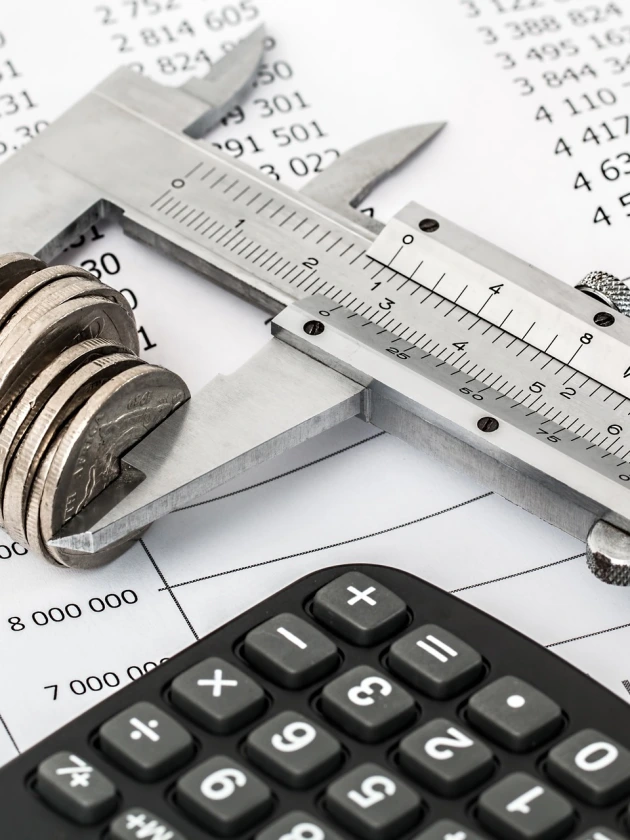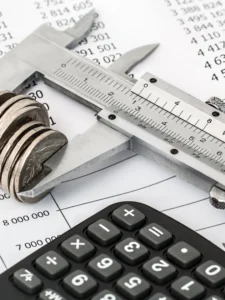Inflation is everywhere. You can see it in food, water (as in shipping costs), and air (airways are increasing fares). A few central banks had already raised interest rates last year while many pressed panic buttons the previous week.
The charts below contain the global commodity price rally, the effect of rising shipping costs, deviation in inflation spread between EMs and the US, comparison of inflation across countries, how inflation impacts men and women differently and food inflation in India.
Let us delve deeper into the issue of inflation through these different facets.
Oh, Commodities Are So Hottt…
Over the last two years, commodity prices have gone through the roof. Covid blew them first and the Russian invasion pushed them further upwards. Compared to the previous year as well as pre-Covid levels, commodity prices have increased in the range of 15-60%. Precious metals soared 13-15% while fertiliser prices have increased by more than 40%.

Shipping Costs Sailing North
More than 80% of the world trade is done through oceans. The cost of shipping containers has increased seven times since the onset of the Covid pandemic. Freightos Baltic Global Container Index, which aggregates the cost of shipping containers around the world, has cooled off in the last few weeks but remains higher than the last year.
A recent IMF analysis of data from 143 countries over the past 30 years suggests that when freight rates double, inflation picks up by about 0.7 percentage points. It also finds that the effects are persistent, peaking after a year and lasting up to 18 months.
This implies that the increase in shipping costs observed in 2021 could increase inflation by about 1.5 percentage points in 2022.
It finds that cost of imported goods increases immediately in two months, which reflects in wholesale prices. But consumers feel the pinch only after some time, which peaks after 12 months.
Inflation in island nations is more entrenched while countries having stable, independent and inflation-targeting monetary policies have a lesser impact from rising shipping costs.

We Are In This Together
But, on balance, inflation, at the wholesaler/producer level and consumer level, shows a similar trajectory across all economies.


The recent increase in US inflation is exceptional. Usually, emerging markets (EMs) tend to have higher inflation than the US. In general, EM’s producer price inflation (PPI) is 2% higher while the consumer price inflation (CPI) is 3-4% higher than the US, on average. Since last year, this trend has reversed. In February, this spread peaked with the US inflation being 2-3% higher than the average of all the EMs.

Latest Inflation Rate Across Countries
Compared to the last year’s inflation print, this year, many countries have observed a 5%-plus increase in consumer prices. India and China, on the other hand, have seen only a sub-3% increment in inflation.

Inflation is higher in most countries even compared to the pre-Covid levels. In India, inflation has, actually, edged down from December 2019 level. But India was already experiencing higher inflation during that period. China, on contrary, has controlled inflation successfully over the past two years.

Inflation Has Different Impacts on Different People
A Fortune article stated that in the US, in a regular year, single women spend as much as 30% more than single men on most grocery items. Typically, women are more likely to spend on meals at home, which are up by 10%, while men tend to spend more on takeout or dining out, where the inflation is 7%.
March 2022 data on inflation in the US show that items that women usually pick up at departmental stores are experiencing higher inflation than those picked by men. It means that women feel the pinch of higher prices earlier than men.

CRISIL, a leading credit rating agency in India, finds that inflation has hit the poor the most in March. It notes, “The rural bottom 20% and middle 60% of the income segments faced the highest inflation at 7.7%. In urban areas, too, the bottom 20% faced higher inflation than other income segments.”
In March 2022, rural areas faced higher inflation than urban areas while in October it was the other way round. At the same time, in October, the richest 20% faced higher inflation than middle and poor income groups, both in urban and rural areas. But in March 2022, both rural and urban poor suffered more than the middle and upper-income classes.

Food Inflation India
Food inflation in India has started to feel the summer heat. An increase in lemon prices has, in fact, become meme content. Over the last few weeks, we have seen a rise in prices of lemons, mangoes, chillies and tomatoes, to name a few. Of them, prices of mangoes and chillies have come off recently, but are yet high compared to the last year. In contrast, prices of lemons and tomatoes continue to spike.
It is said that May 2021’s Tauktae cyclone in Gujarat and unseasonal rainfall in Andhra Pradesh and Maharashtra have made lemons sourer this time. The rising temperature had impacted the prices of chillies. Fluctuating weather along with increased demand due to Ramzan have pushed the prices of tomatoes higher.

The following chart shows the annual change in the retail prices of 22 essential commodities, as per Essential Commodities Act. Barring pulses, whose prices have declined compared to last April, all commodities have seen an increase in prices. Oils and fats have seen a 10%+ increase in their prices while tomatoes have skyrocketed by more than 60%. Note that the chart below shows retail prices while the above chart depicts wholesale prices.

Southern India has hit the most on account of rising retail prices of essential commodities. North-east, on the other hand, has seen a marginal increase in food prices in April because of the higher base of last year.

Farmers might get better returns for their produce due to higher food prices. But when basic necessities become unaffordable, farmers’ margins get affected.
Inflation discourse reminds me of the song “Mehngai Dayain” from the movie Peepli Live (2010) which has aged well and will continue to do so –
Sakhi saiyan toh khoob hi kamaat hai
Mehngai dayain khaye jaat hai
Har mahina uchle petrol,
Diesel ka uchla hai role
Shakkar bai ke kahe bol
Ussa baans maati daang mari jaat hai
Soya bean ka ka behaal,
Garmi se pichke hain gaal
Ghir gaye patte, pakk gaye baal
Aur makka ji ji bhi khaye gayi maat hai
Arrey kadoo ki ho gayi barmaar
Kakdi ne kargai hahakaar
Matar bhi toh lago parsaad
Aur aagey ka kahun kahe nahin jaat hai
Arrey kama kama ke marr gaye saiyan
Pehle takde takde the
Ab duble patle ho gaye saiyan
Mehngai dayain maare jaat hai
– Swapnil Karkare












2 Responses